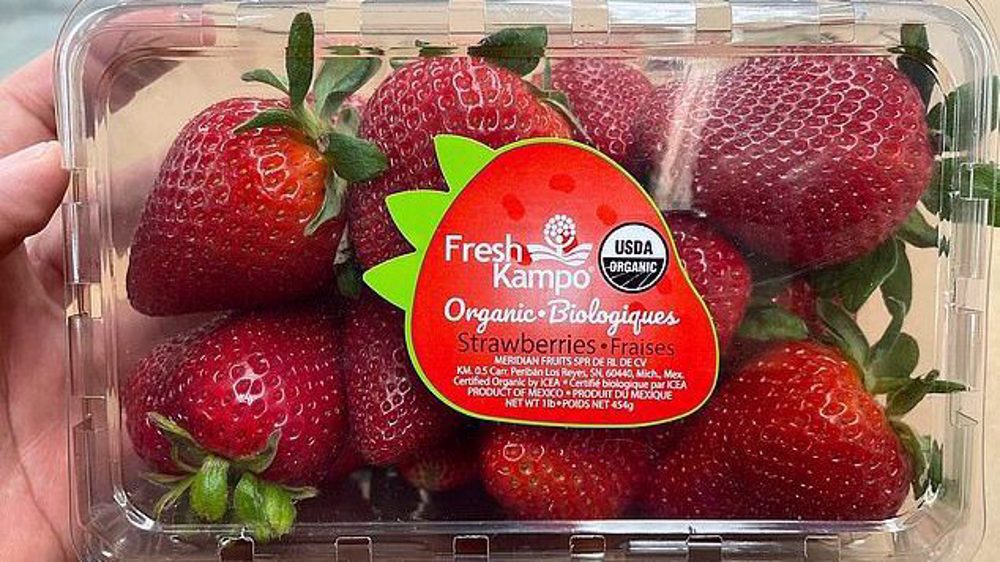Hepatitis outbreak in US and Canada linked to tainted organic strawberries
Food safety regulators in the US and Canada are investigating a Hepatitis A outbreak that may potentially be linked to organic strawberries that were sold at several retailers in the US and Canada.
At least 15 cases of illnesses have been reported in the US state of California, and one each in the states of Minnesota and North Dakota, according to the US Food and Drug Administration (FDA).
It said 12 of these sick people have been hospitalized, without divulging more details.
According to the FDA and other agencies, the tainted strawberries were purchased between March 5 and April 25 and sold nationwide under the brand name FreshKampo or HEB.
"People who purchased the fresh strawberries and then froze those strawberries for later consumption should not eat them. They should be thrown away,” the agency said in a statement on Saturday.
The potentially affected strawberries are past their shelf life, but health officials say consumers who purchased them and froze them to eat later should throw them away.
The FDA urged those who ate the strawberries to consult with their health care providers if they haven’t been vaccinated against hepatitis A.
Symptoms of the disease include fatigue, nausea, vomiting, abdominal pain, and jaundice.
“Contact your healthcare provider if you think you may have symptoms of a hepatitis A infection after eating these fresh organic strawberries, or if you believe that you have eaten these strawberries in the last two weeks,” the FDA said in a statement.
In neighboring Canada, the Public Health Agency of Canada and the Canadian Food Inspection Agency said they were investigating at least 10 cases found in the provinces of Alberta and Saskatchewan, where the strawberries were sold between March 5 and 9.
"Based on investigation findings to date, consumption of imported fresh organic strawberries is the likely source of the outbreak,” the agencies said in a statement.
It was not immediately clear how the strawberries may have become infected. Hepatitis A is a virus that can cause liver disease and, in rare cases, liver failure and death.
The illness usually occurs within 15 to 50 days after eating or drinking contaminated food or water but can also be spread from person to person, according to information shared by the CDP.
Washing food items in dirty water can also lead to infection and hand-washing is encouraged to reduce the risk of illness.
China ‘firmly opposes’ US military aid to Taiwan
VIDEO | Press TV's News Headlines
President Yoon Suk Yeol to be removed from office
At least 19 Gazans killed by Israeli airstrikes since dawn: Medics
Leader: Iran neither has nor needs proxy forces
US fighter aircraft shot down ‘in friendly fire’ amid aggression on Yemen
Yemeni FM: Israel’s sponsors accountable for ongoing aggression on Sana’a
Eight Palestinians killed as Israel attacks Gaza school, hospitals










 This makes it easy to access the Press TV website
This makes it easy to access the Press TV website